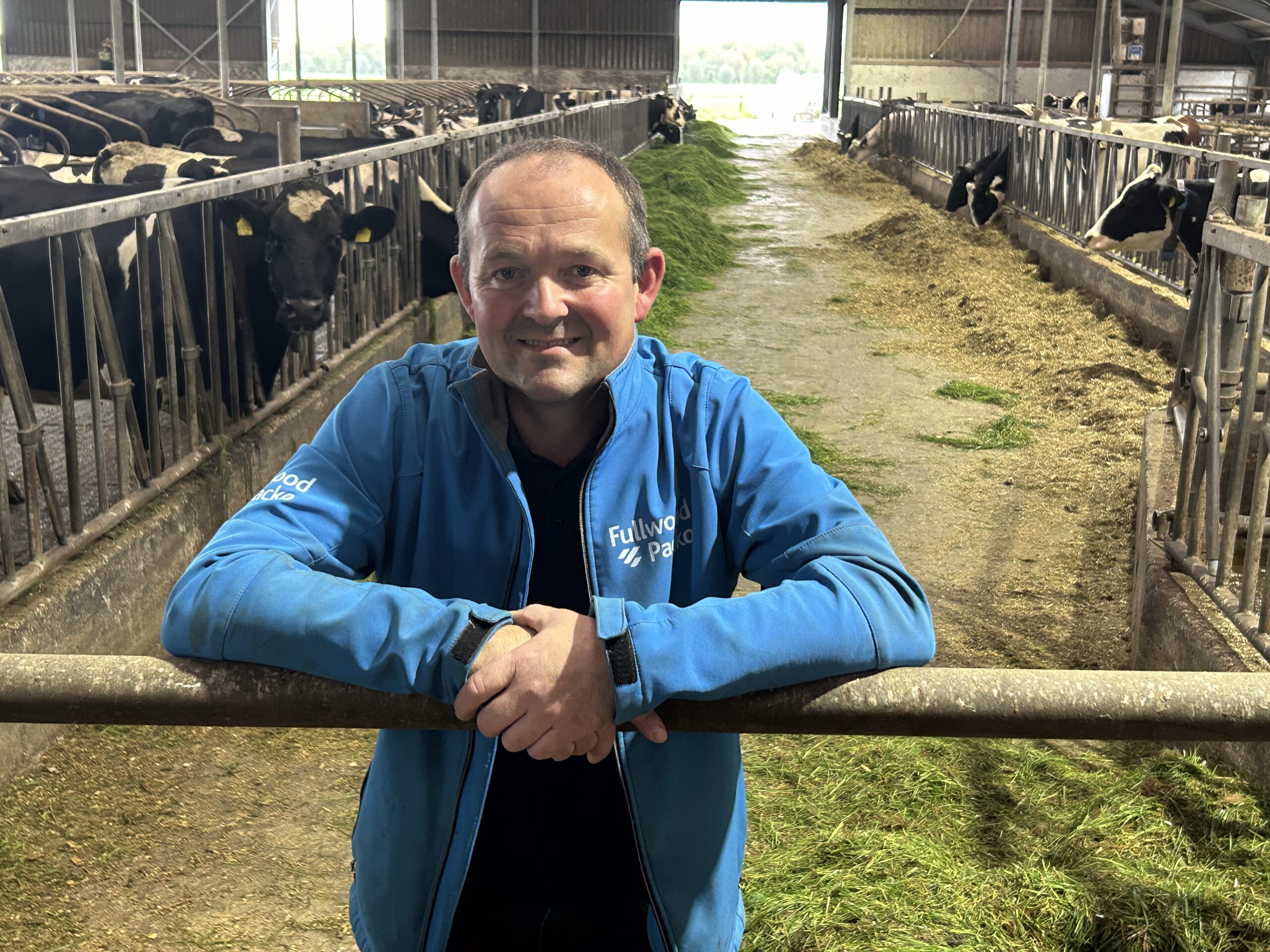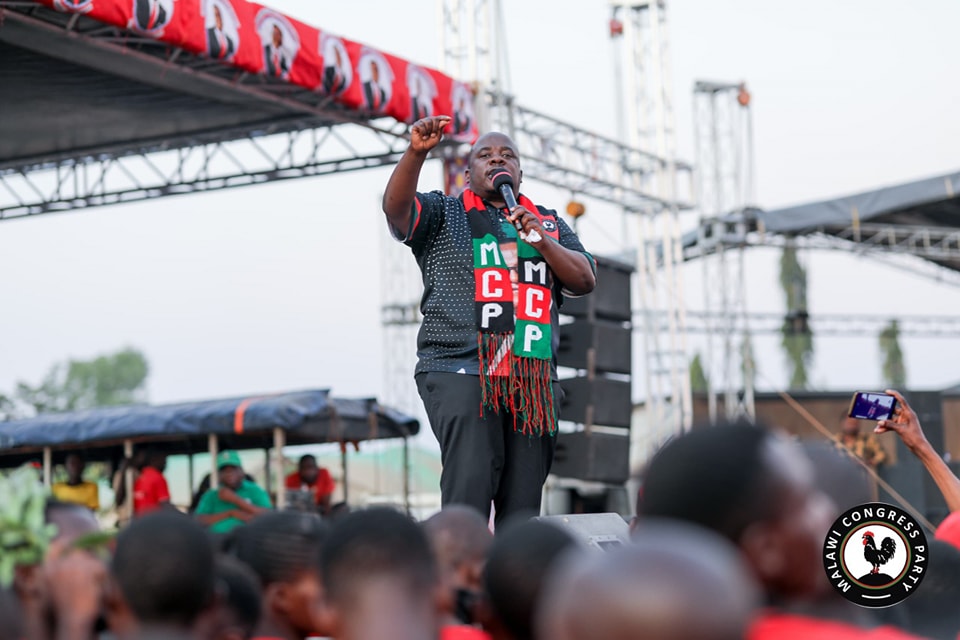Copyright farmersweekly

Reading Time: 3 minutes The challenges facing Dutch dairy farmers are obvious, looking out over Richard de Bie’s Hoogland farm. De Bie milks 130 cows on flat, fertile country near Houten in the Netherlands. The expanding city’s relatively new multi-storey apartment blocks are obvious in the near distance. Roads crisscross the countryside and a bike path skirts the boundary. Land is precious in the densely populated, central European lowland country. “At the moment everybody wants land,” said De Bie, a fourth-generation dairy farmer. His family have been milking cows for 140 years. De Bie’s grandfather initially leased the current farm until his father bought it. He farms 66ha, of which they own 21ha and lease the rest. De Bie recently added another 15ha leased block several kilometres away, on which he will grow corn for stock feed. As well as the 130 cows he runs 65 young stock. The inability to buy or lease adjacent is another challenge for Dutch farmers, but even if they can, regulations require farmers pay NZ$18,000 for every additional cow they run. “There is little chance you can buy your neighbour’s ground,” he said. Land in his region sells for NZ$265,000 to NZ$285,000/ha. Over summer his cows spend time grazing outside, but just 15ha is available for grazing due to roads. De Bie said that grazing the cows outside means he can qualify for one of the several sustainability premiums his dairy company, FrieslandCampina, will pay. By grazing cows outside for 120 days a year for a minimum six hours a day, the milk is classified as pasture milk and De Bie receives a €1.3c/l premium. Other premiums can be earned from maintaining an older herd, keeping bobby calves, managing greenhouse gas, nitrogen and ammonium emissions, growing more stock feed than is bought in, maintaining permanent pasture and sympathetically managing at nature and the landscape. By meeting those various standards, De Bie can earn up to €2.50/100 litres, which comes from a fund farmers and the dairy company contribute to. Last year, including premiums, he received €0.55/litre for milk of 4.4% fat and 3.6% protein. Offering sustainability premiums allows his dairy company to promote and charge premium prices for milk with production attributes that consumers value. Three years ago De Bie installed 800 solar panels and is now self-sustainable in energy, potentially generating five times the volume of energy that he uses. To fully use the return on the export of surplus energy to the national grid, he has installed a battery unit so he can store and release it at the most economically advantageous times. Managing manure is one of the biggest challenges facing Dutch farmers, said De Bie. To meet European Union nitrogen limits for manure, he said, he would need 130ha of land on which to apply it, and that equation has just got tougher. The regulations next year reduce the volume allowed to be applied from 200kg N/ha to 170kg N/ha. Next year he will have to pay to have 3000 tonnes removed at a cost of about €30/tonne. A contractor may have an outlet or it could be dried and sold as garden fertiliser. De Bie finds it ironic that regulators control the application of manure, but he can apply whatever artificial fertiliser he chooses. It suggests lawmakers want fewer cows. “It’s not about the environment because we can buy fertiliser; they want us to run less cattle.” He has few other land use options, saying his grandfather tried unsuccessfully to grow apples on the farm. “There is a reason why we farm cows.” The rules create uncertainty about how many cows they will be allowed to farm in the future. “It is not straightforward for making long-term decisions,” he said. “We don’t know what will happen in the next few years, but we do know the Netherlands will produce less milk than we do now.” Wallace’s Meeting the Market tour has been made possible with grants from Fonterra, Silver Fern Farms, Rabobank, Zespri, Alliance Group, Meat Industry Association, Wools of NZ, Beef + Lamb NZ, NZ Merino, European Union and Gallagher.



